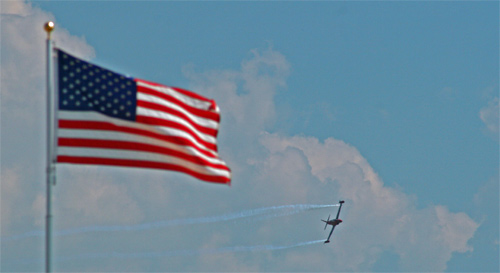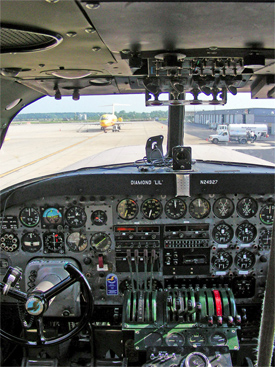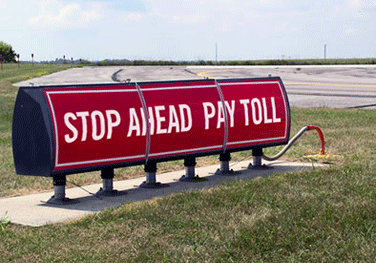General aviation accounts for 77 percent of all domestic flights and includes air cargo transport, emergency medical flight operations, flight school training, and corporate and private aviation.
Rep. Sheila Jackson Lee, D-Texas, asked the IG to investigate after a Houston television station alleged "security breaches" occurred at three local airports when reporters were able to approach airfields or aircraft without identifying themselves.
In a direct reference to the television report, titled, "Is Houston a Sitting Duck for Terrorism?" the watchdog's report contains a section titled "Houston Is Not a 'Sitting Duck for Terrorism.' "
"We reviewed the allegations and determined that they were not compelling," wrote Homeland Security IG Richard Skinner. Reporters were unaware of some passive security and monitoring measures the airports had taken, such as 24-hour video surveillance, locked or disabled planes, and controlled fuel access.
Guidelines and alerts the Transportation Security Administration issued, "coupled with voluntary measures taken by owners and operators of aircraft and facilities, provide baseline security for aircraft based at general aviation sites," Skinner wrote.
Besides the three Houston-area airports approached by the television reporters, the IG's staff visited a number of large and small, public and privately owned general aviation facilities in metropolitan areas where people could be at risk in the event of a terrorist attack launched from the airports.
The IG noted TSA has tailored its security strategy to the range of airfield environments and classes of aircraft and operators, rather than introducing overly broad regulations that are costly to implement. The agency also analyzes credible intelligence information to prioritize existing threats and identify practical, targeted measures to reduce risks in the aviation sector.
"Although [TSA's Office of Intelligence] has identified potential threats, it has concluded that most [general aviation] aircraft are too light to inflict significant damage, and has not identified specific imminent threats from [general aviation] aircraft," the IG stated.
"Significant regulation of the industry would require considerable federal funding," Skinner added.
The watchdog did not make any recommendations to TSA, and agency officials did not submit formal comments in response to the report.
"The current status of [general aviation] operations does not present a serious homeland security vulnerability requiring TSA to increase regulatory oversight of the industry," the IG concluded.

 nature of the organizations
affected. These particular threats come from sources as diverse as
the Federal government, the IRS, state governments and sometimes
even the charitable sector itself. We present this article as an education to
anyone who cares about warbirds and General Aviation.
nature of the organizations
affected. These particular threats come from sources as diverse as
the Federal government, the IRS, state governments and sometimes
even the charitable sector itself. We present this article as an education to
anyone who cares about warbirds and General Aviation.

